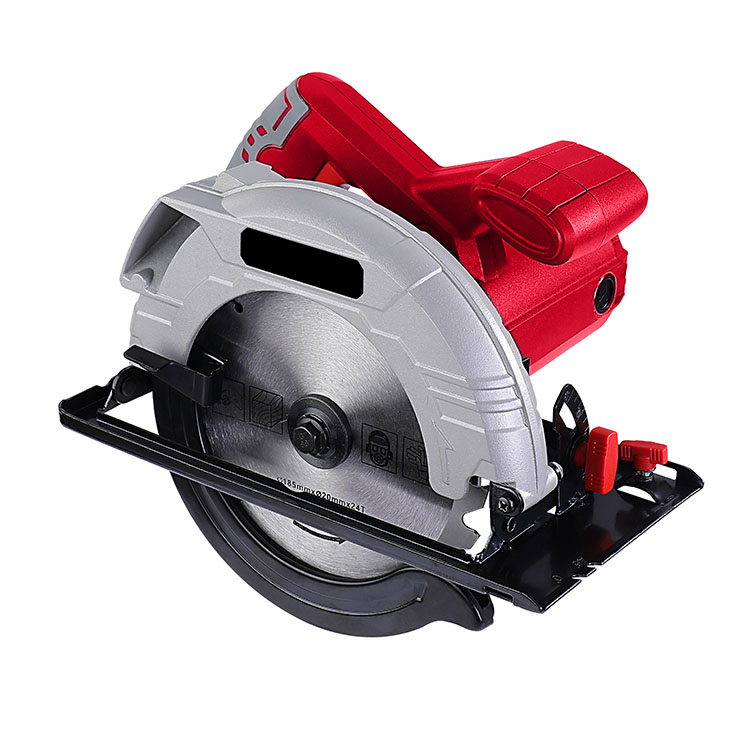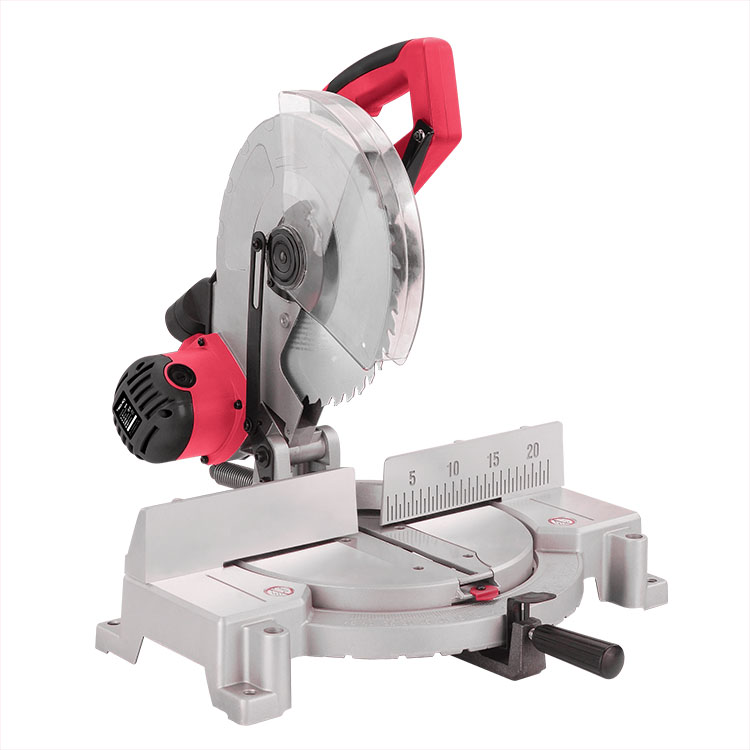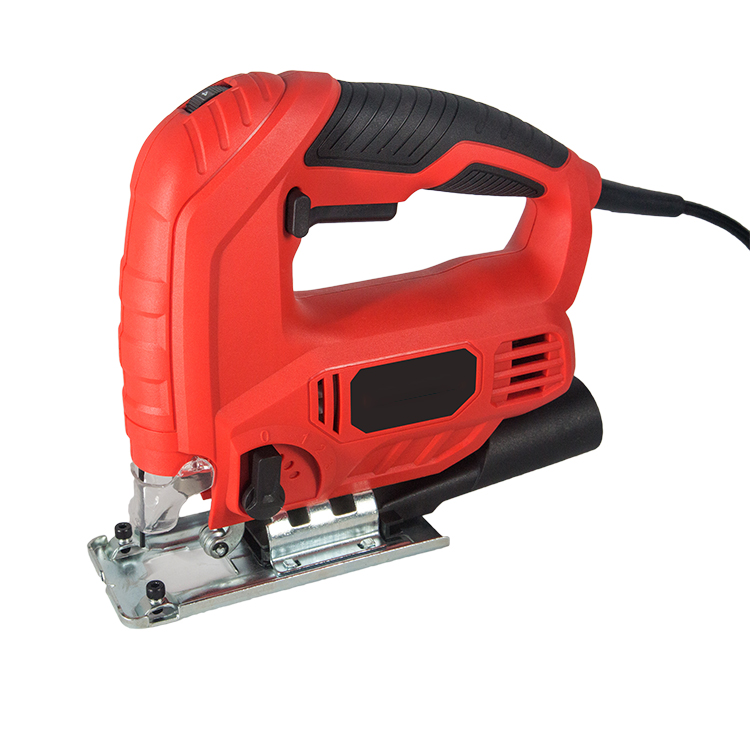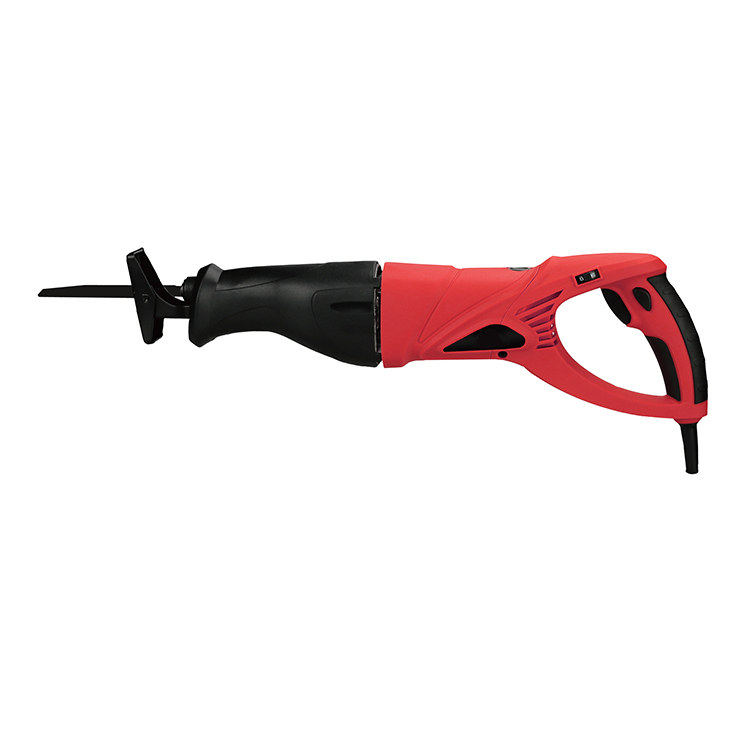 English
English 
 English
English 
Choosing the right power saw for your woodworking or DIY projects can make a significant difference in the efficiency and precision of your work.
Choosing the right power saw for your woodworking or DIY projects can make a significant difference in the efficiency and precision of your work. With a variety of power saws available in the market, it's crucial to understand the features and applications of each type to make an informed decision. In this guide, we'll explore different power saws and help you determine which one suits your needs.

If you're looking for a versatile and portable option, a circular saw might be the right choice. Circular saws are excellent for making straight cuts in various materials, such as wood, metal, or plastic. They are lightweight and easy to maneuver, making them ideal for both beginners and experienced craftsmen.

When precision and angled cuts are crucial, a miter saw is the go-to tool. Miter saws excel at creating accurate crosscuts and miter cuts, making them essential for tasks like framing, molding, and trim work. Consider a compound miter saw for added flexibility in handling bevel cuts as well.

For projects that involve curves and intricate designs, a jigsaw is indispensable. Jigsaws are designed to cut a variety of materials in curves or straight lines. They're perfect for tasks like cutting out shapes from plywood or creating custom patterns. Look for a jigsaw with variable speed settings for greater control over different materials.
If you prioritize precision and stability, a table saw is a staple in woodworking shops. Table saws are powerful tools that excel at making long, straight cuts. They are ideal for tasks like ripping boards and sheets of plywood. Some advanced table saws come with features like a rip fence and miter gauge for enhanced accuracy.

When it comes to demolition or rough cutting tasks, a reciprocating saw is your best companion. Also known as a sawzall, this powerful tool is designed to handle aggressive cutting in a variety of materials, including wood, metal, and plastic. Its reciprocating motion makes it suitable for tasks such as pruning branches or cutting through pipes.
In conclusion, the choice of a power saw depends on the nature of your project and the type of cuts you need to make. Consider factors such as portability, precision, and the materials you'll be working with. Investing in the right power saw will not only improve the quality of your work but also make your woodworking or DIY endeavors more enjoyable. Take the time to assess your needs, and you'll find the perfect power saw for your next project.
Hebei Sinotools Industrial Co., LTD.
Copyright © Sinotools Industrial All rights reserved. Technical Support:REANOD